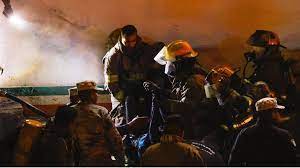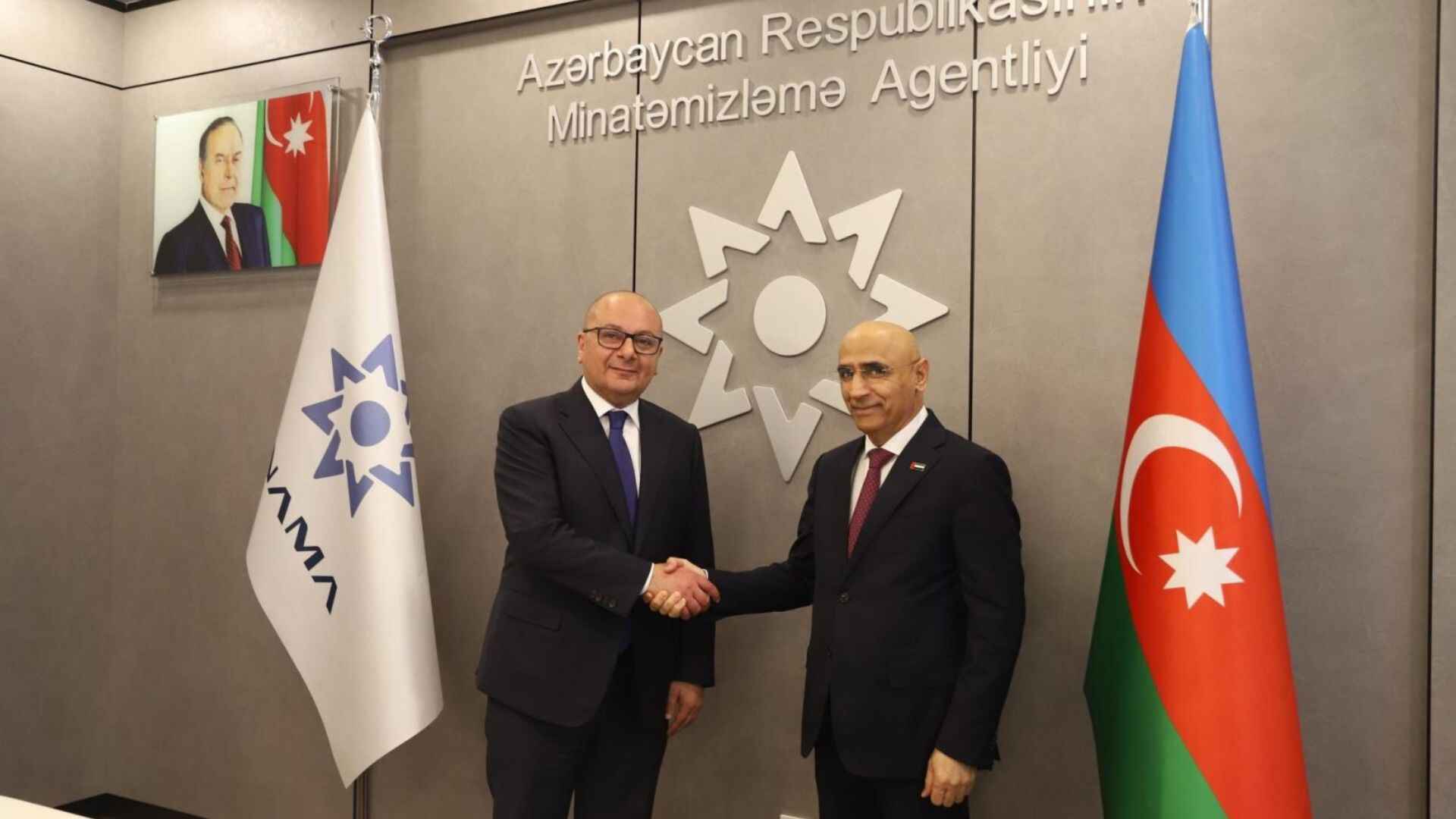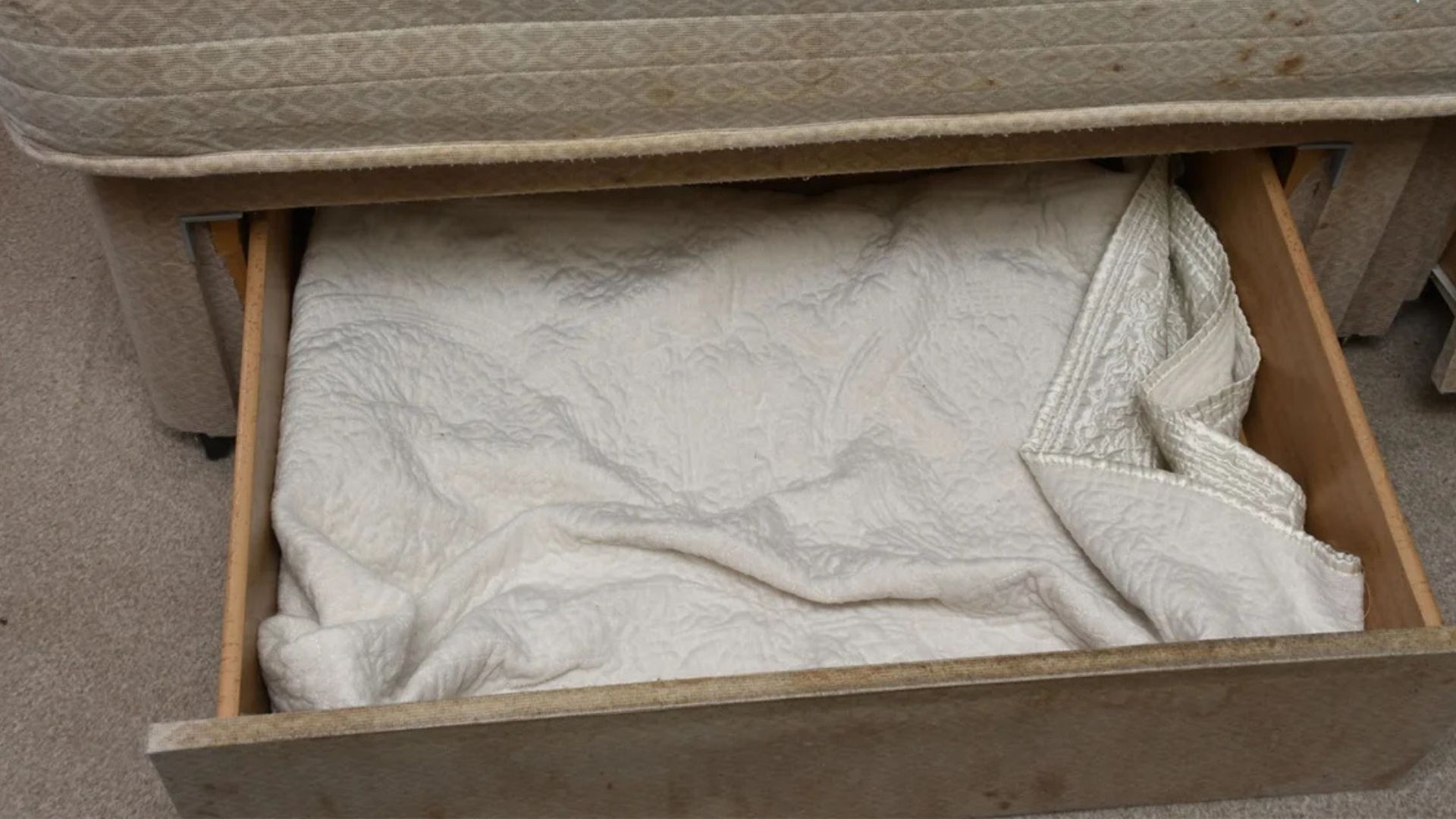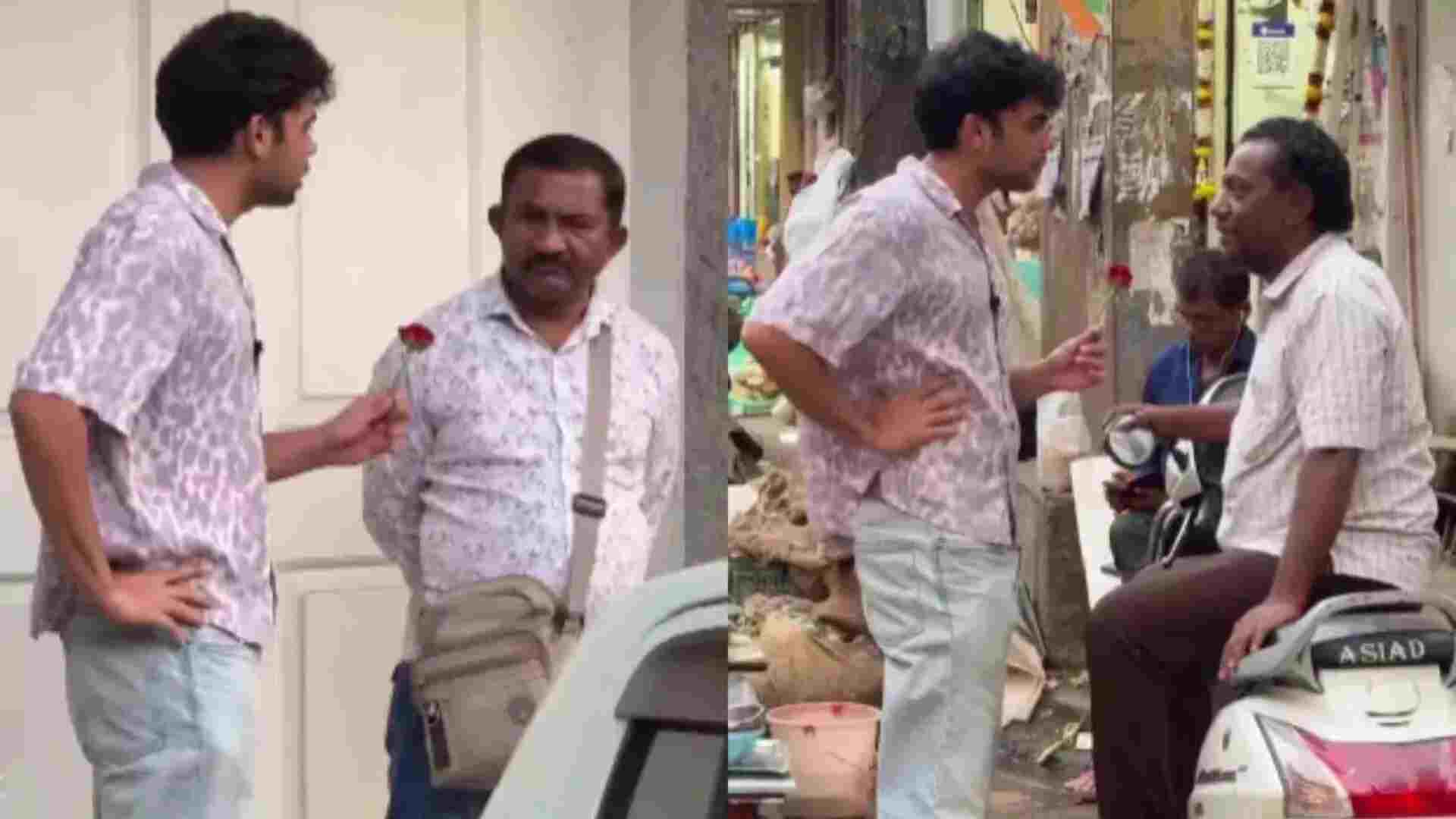
When smoke began billowing out of a migrant detention centre in the Mexican border city of Ciudad Juarez, Venezuelan migrant Viangly Infante Padrón was terrified because she knew her husband was still inside, The father of her three children had been picked up by immigration agents earlier in the day, part of a recent crackdown that netted 67 other migrants, many of whom were asking for handouts or washing car windows at stoplights in this city across the Rio Grande from El Paso, Texas, In moments of shock and horror, Infante Padrón recounted how she saw immigration agents rush out of the building after fire started late Monday.
Later came the migrants’ bodies carried out on stretchers, wrapped in foil blankets. The toll: 38 dead in all and 28 seriously injured, victims of a blaze apparently set in protest by the detainees themselves, “I was desperate because I saw a dead body, a body, a body, and I didn’t see him anywhere,” Infante Padrón said of her husband, Eduard Caraballo López, who in the end survived with only light injuries, perhaps because he was scheduled for release and was near a door.
But what she saw in those first minutes has become the centre of a question much of Mexico is asking itself: Why didn’t authorities attempt to release the men — almost all from Guatemala, Honduras, Venezuela and El Salvador — before smoke filled the room and killed so many?
“There was smoke everywhere. The ones they let out were the women, and those (employees) with immigration,” Infante Padrón said, “The men, they never took them out until the firefighters arrived.”,“They alone had the key,” Infante Padrón said. “The responsibility was theirs to open the bar doors and save those lives, regardless of whether there were detainees, regardless of whether they would run away, regardless of everything that happened. They had to save those lives.” Immigration authorities said they released 15 women when the fire broke out, but have not explained why no men were released, “What humanity do we have in our lives? What humanity have we built? Death, death, death,” thundered Bishop Mons. José Guadalupe Torres Campos at a Mass in memory of the migrants.
Mexico’s National Immigration Institute, which ran the facility, said it was cooperating in the investigation.
Guatemala has already said that many of the victims were its citizens, but full identification of the dead and injured remains incomplete., U.S. authorities have offered to help treat some of the 28 victims in critical or serious condition, most apparently from smoke inhalation.














